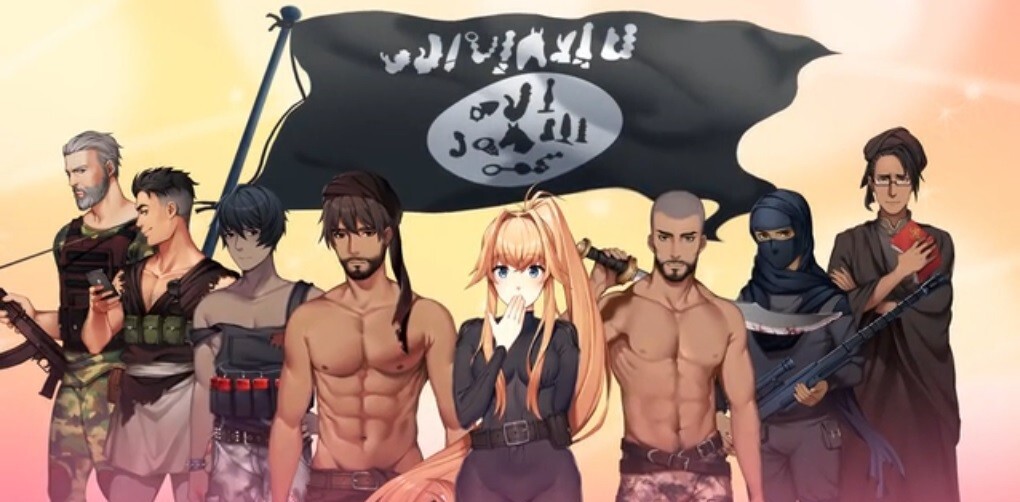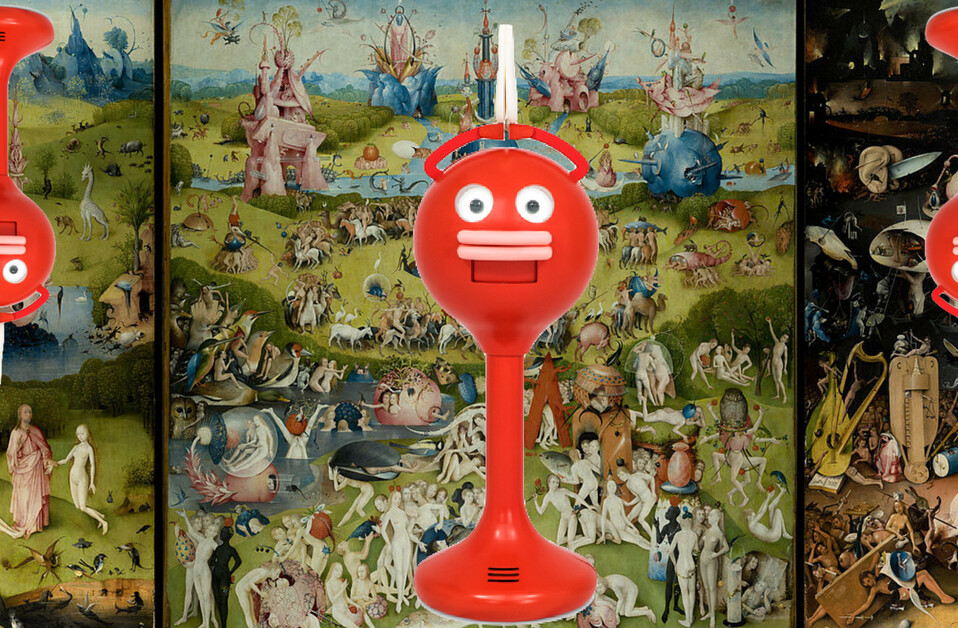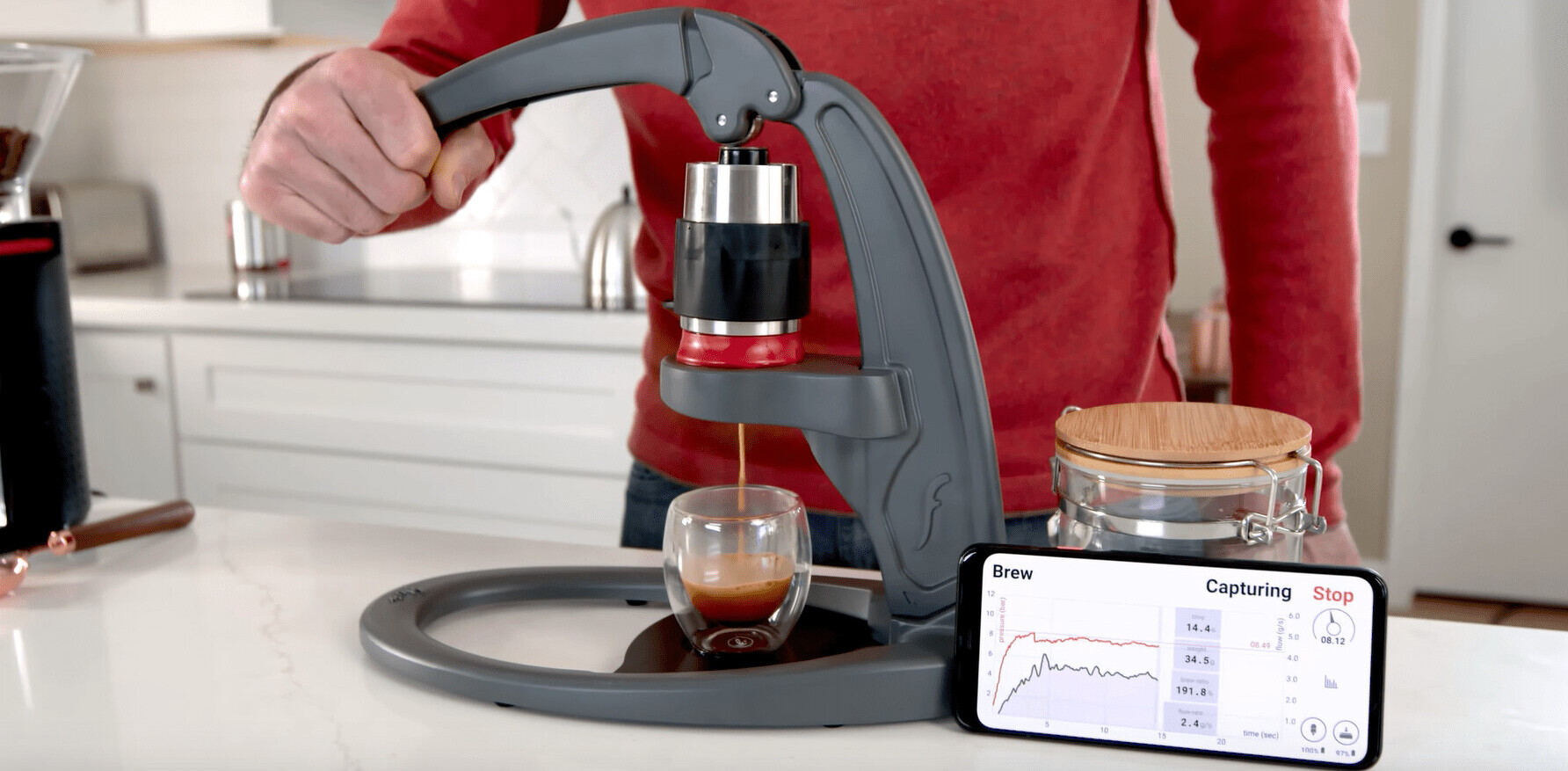![Kickstarter-funded MATTER hopes readers will buy into deep journalism [Interview]](https://img-cdn.tnwcdn.com/image?fit=1280%2C720&url=https%3A%2F%2Fcdn0.tnwcdn.com%2Fwp-content%2Fblogs.dir%2F1%2Ffiles%2F2012%2F11%2Fbrain-via-thinkstock.jpg&signature=72682e25749f083e8bd987a106c91986)
Kickstarter-backed long-form journalism project MATTER is now live with an innovative model. Its first featured story is called ‘Do No Harm,’ and focuses on a disturbing disorder: people who feel the need to have one of their limbs amputated, even though it is perfectly healthy.
While the story’s premise is captivating enough in itself, what’s even more interesting is MATTER’s approach. While Kickstarter’s backers will get free access to the article, other readers are offered to pay 99 cents for a package that will include a reading friendly web edition, an ebook version for their Kindle or iPad and other benefits.
But are people prepared to pay when there is already so much content fighting for our attention? Well, there is no doubt that MATTER’s editorial line is quite different from what you can find elsewhere. According to its team, this isn’t as much about length as it is about quality. We decided to ask a few questions to its co-founder, tech journalist Bobbie Johnson.
TNW: Could you please briefly introduce MATTER to our readers?
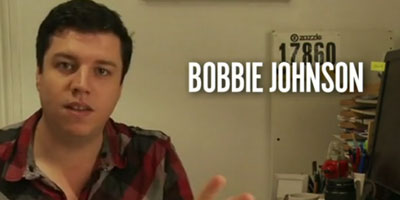 Bobbie Johnson: MATTER is a new publishing outlet focused on producing incredible, deep journalism about science, technology and the future for digital formats. The idea is to produce the kind of expansive, engrossing stories that you might find in a great magazine — but do it specifically for the web and in ebooks.
Bobbie Johnson: MATTER is a new publishing outlet focused on producing incredible, deep journalism about science, technology and the future for digital formats. The idea is to produce the kind of expansive, engrossing stories that you might find in a great magazine — but do it specifically for the web and in ebooks.
TNW: What gap are you hoping to fill?
BJ: We think there’s a gap in the market for this stuff: most websites focus on pretty short blasts of news (which are often very useful) while magazines like the New Yorker, New York Times Magazine and The Atlantic don’t have the subjects we love at the centre of their world.
Anyway, that was the theory… We didn’t know whether other people felt the same, so we went to Kickstarter earlier this year to try and raise $50,000 to get started. In the end we blew through that target in less than 48 hours, raised a total of $140,000 and in the process became Kickstarter’s most successful publishing project (though we have since been overtaken by others).
TNW: What did you learn from your Kickstarter campaign? How did it shape MATTER?
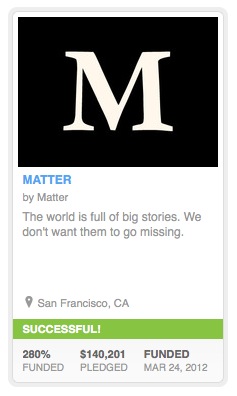 BJ: We learned a lot from Kickstarter. First that there may be a market for the kind of work we want to produce, and then that the people who backed us feel really passionately about getting this stuff out into the world. There were more practical things we learned too: for example, when we surveyed our backers after the campaign had closed, we found that a lot of them really liked listening to audiobooks and podcasts, so we are hoping to offer free audiobook downloads to everyone who joins our membership programme.
BJ: We learned a lot from Kickstarter. First that there may be a market for the kind of work we want to produce, and then that the people who backed us feel really passionately about getting this stuff out into the world. There were more practical things we learned too: for example, when we surveyed our backers after the campaign had closed, we found that a lot of them really liked listening to audiobooks and podcasts, so we are hoping to offer free audiobook downloads to everyone who joins our membership programme.
TNW: Why did you choose Clearleft for your design and how did the collaboration go?
BJ: I’ve known the guys from Clearleft for a few years — we all live in the same city in England. They do great work, pushing some of the limits of what people can do in the browser and helping shape the discourse of web design. Jeremy Keith, one of the partners, helped us flesh out a prototype very early on (about 18 months ago) and we were really pleased when they said they wanted to work on the actual product too.
TNW: Can you explain the concept of the Editorial Board? How did you test it?
BJ: The Editorial Board is our way of saying that we don’t know everything. It’s essentially a mechanism for our members to put forward their own ideas for what we could cover, and then put those ideas in front of the rest of the community.
We use a piece of software called All Our Ideas, developed at Princeton, which essentially pits one idea against another — and as you repeat the process with different ideas and different people, you can determine which ones are genuinely good or more liked by the community. It’s a bit like Am I Hot or Not for brainstorming.
We ran an experiment using it over the summer and it proved much better than we’d anticipated at getting to exciting ideas quickly. We currently plan to run Editorial Board “meetings” every so often and then use the top results as a springboard to commissioning stories.
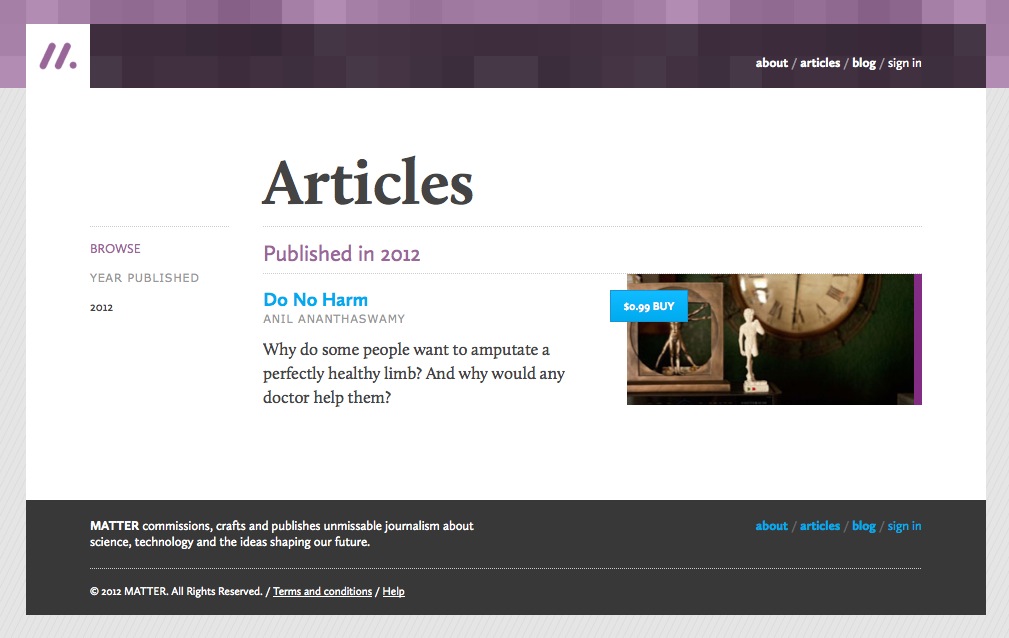
TNW: How did you choose your first story?
BJ: We heard about it a while back from the writer, Anil, who is a friend. He’d been looking into the neuroscience of the self — how our brain understands who we are — and had made contact with a few people at the centre of the BIID [Body integrity identity disorder] community.
We knew that this could be a great story if it was done right, so we commissioned him and encouraged him to explore as much of the subject as he could. We also brought in an editor, Roger Hodge, who has a great track record of developing the sort of story we thought this could be. Together, we helped really push the boundaries of what you might expect from a story about a fringe neurological condition.
TNW: Your co-founder Jim Giles wrote an interesting post on why MATTER doesn’t have an app (yet). Could you summarize the rationale for our readers?
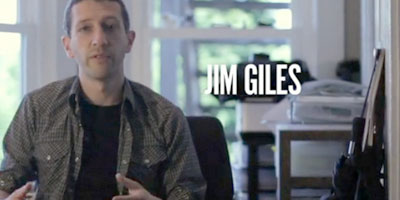 BJ: The basic rationale behind not building an app is simple: it’s expensive and limiting. We had raised money from people through Kickstarter to commission journalism, and wanted to use as much of our budget for that as possible: developing an app would have eaten up a vast chunk of our resources and required constant attention, development and work to keep it operating across lots of different platforms – many of which we don’t yet know about.
BJ: The basic rationale behind not building an app is simple: it’s expensive and limiting. We had raised money from people through Kickstarter to commission journalism, and wanted to use as much of our budget for that as possible: developing an app would have eaten up a vast chunk of our resources and required constant attention, development and work to keep it operating across lots of different platforms – many of which we don’t yet know about.
On a philosophical level, I believe that a product like ours doesn’t gain that much from being an app. It’s a pretty simple reading experience, and people read a lot on the web and in ebooks, so it made sense to go where they were already.
TNW: What do you like about the e-single format?
BJ: The e-single format is great for us. It allows stories to be told at the length they need, not the length that some arbitrary format dictates: lots of books are really just articles that get over-extended, and lots of short articles could really do with having more room to breath. Singles fits a gap between the two that I think is incredibly valuable for readers and allows a certain precision for authors and publishers.
TNW: It’s still early, but how has the feedback been so far?
BJ: Feedback’s been amazing so far. Almost universally, people seem to really appreciate what we’re doing and the effort we’re putting in, and the ambition we have. It’s very early days and our model still requires a lot of testing, tweaking and hard work, but I think we’ve set out our plan quite clearly and enough people seem to like it that I am pretty happy!
TNW: What’s next on your roadmap? What kind of events are you planning to hold?
BJ: Next up is our next story, which we’ll publish in December. Over time we hope to speed up and publish more regularly, but getting the processes into place is a big task. Then we start rolling out other parts of our longterm plan: events (get-togethers for Members, talks, salons, maybe small conferences) and other experimental ways of producing and distributing the kind of writing we love.
The success of MATTER’s crowdfunding campaign has been a milestone for innovative publishing, and it will be very interesting to see if it manages to be as successful among other readers.
Get the TNW newsletter
Get the most important tech news in your inbox each week.

